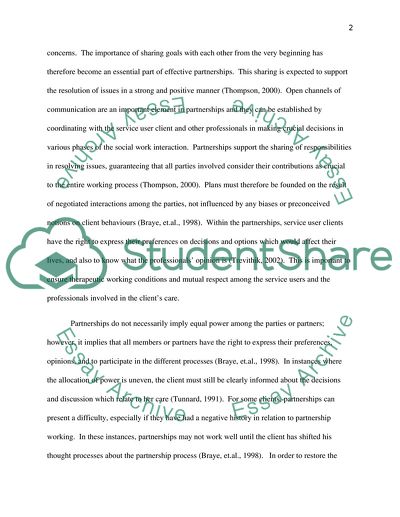Cite this document
(“Empowering with Older Adults in the Community Research Paper”, n.d.)
Empowering with Older Adults in the Community Research Paper. Retrieved from https://studentshare.org/social-science/1764191-assignment-on-working-in-partnership-and-powerempowering-and-working-in-professionalism-with-adults-in-the-community
Empowering with Older Adults in the Community Research Paper. Retrieved from https://studentshare.org/social-science/1764191-assignment-on-working-in-partnership-and-powerempowering-and-working-in-professionalism-with-adults-in-the-community
(Empowering With Older Adults in the Community Research Paper)
Empowering With Older Adults in the Community Research Paper. https://studentshare.org/social-science/1764191-assignment-on-working-in-partnership-and-powerempowering-and-working-in-professionalism-with-adults-in-the-community.
Empowering With Older Adults in the Community Research Paper. https://studentshare.org/social-science/1764191-assignment-on-working-in-partnership-and-powerempowering-and-working-in-professionalism-with-adults-in-the-community.
“Empowering With Older Adults in the Community Research Paper”, n.d. https://studentshare.org/social-science/1764191-assignment-on-working-in-partnership-and-powerempowering-and-working-in-professionalism-with-adults-in-the-community.


